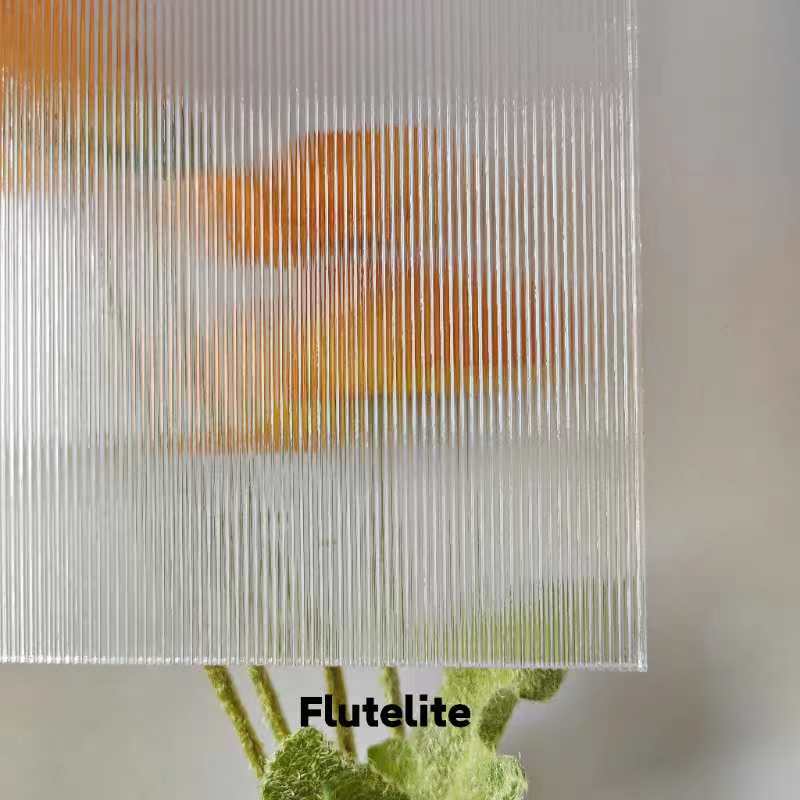

The Allure of Patterned Glass A Blend of Art and Functionality
In the world of interior design and architecture, materials play a pivotal role in shaping aesthetics and functionality. One such material that has gained prominence over the years is patterned glass. Combining beauty with practicality, patterned glass has found its way into homes, offices, and public spaces, serving both as a decorative element and a source of privacy.
What is Patterned Glass?
Patterned glass is a type of glass that has a textured surface, created through various techniques including rolling, pressing, and etching. Unlike clear glass, patterned glass offers a unique visual appeal while diffusing light, which makes it an excellent choice for a variety of applications. The patterns can range from simple designs like ripples and waves to intricate motifs that resemble floral or geometric shapes.
Functional Benefits
One of the primary advantages of patterned glass is its ability to enhance privacy without sacrificing natural light. This quality makes it an ideal choice for bathroom windows, office partitions, and conference rooms where confidentiality is paramount. By obscuring the view from outside while still allowing light to filter through, patterned glass creates a comfortable and inviting atmosphere.
Additionally, patterned glass provides a degree of insulation. The texture on the surface can help to trap air within the grooves, thereby improving energy efficiency in homes and buildings. As the demand for sustainable materials grows, opting for patterned glass can be a conscientious choice both environmentally and economically.
Aesthetic Appeal
Beyond its functional attributes, patterned glass stands out for its aesthetic qualities. Architects and designers often use it as a focal point in their designs. The interplay of light and shadow created by various patterns can add depth and dimension to a space. For instance, a frosted glass partition with a geometric design can become a stunning centerpiece in an otherwise minimalist room.

Moreover, patterned glass is available in a multitude of colors and designs, making it easy to match with other elements in a space. From muted colors that create a calming ambiance to bold hues that pop, the versatility of patterned glass allows for endless customization. This means homeowners and designers can express their personal tastes and styles through their choices in glass.
Applications in Design
The applications of patterned glass are vast. In residential settings, it is commonly used in interior doors, shower enclosures, and windows, creating a seamless blend of functionality and style. In commercial spaces, stores and offices utilize patterned glass for storefront displays, office cubicles, and decorative balustrades, leaving a lasting impression on clients and visitors.
One noteworthy trend is the use of patterned glass in lighting fixtures. Designers have begun to incorporate this material into lamps and chandeliers, where the patterns add texture and intrigue, casting unique shadows on the walls as light passes through. This innovation enhances the visual dynamics of a space, making it more engaging and lively.
The Future of Patterned Glass
As technology continues to advance, the possibilities for patterned glass are expanding. Innovations in digital printing techniques are allowing for even more complex and personalized patterns that were once difficult to achieve. This merger of technology and art presents exciting opportunities for customization, paving the way for bespoke solutions in both residential and commercial projects.
Moreover, the growing awareness of sustainability in design is encouraging manufacturers to explore eco-friendly materials and production methods. As patterned glass designs become more environmentally conscious, they will likely appeal to a broader audience looking to make responsible choices without compromising on style.
Conclusion
Patterned glass embodies a harmonious fusion of art and functionality. Its ability to enhance privacy while allowing natural light to permeate makes it a valuable asset in modern design. With its vast range of patterns, colors, and applications, patterned glass provides endless opportunities for creativity in architectural and interior design. As we move towards a future that values both aesthetics and sustainability, patterned glass is poised to remain a beloved and indispensable material in the world of design.